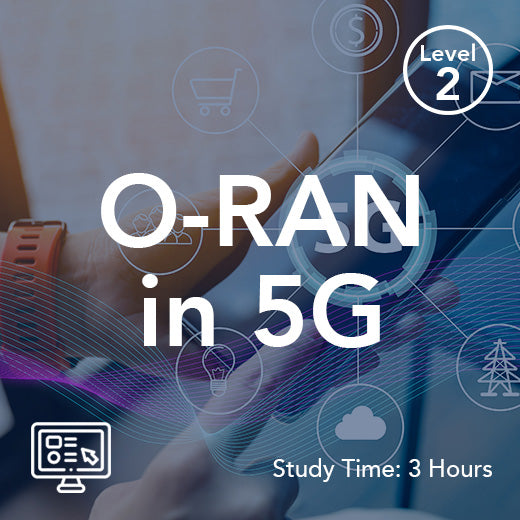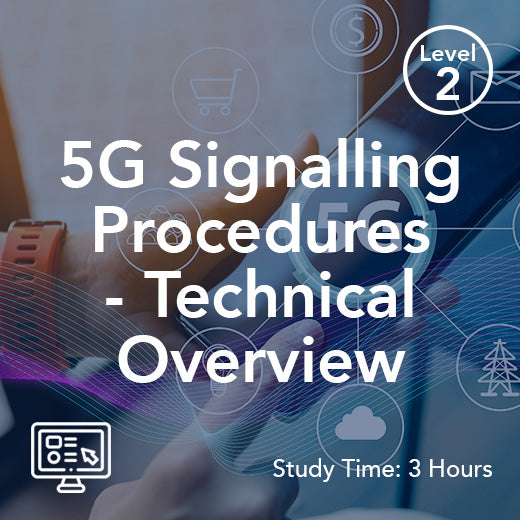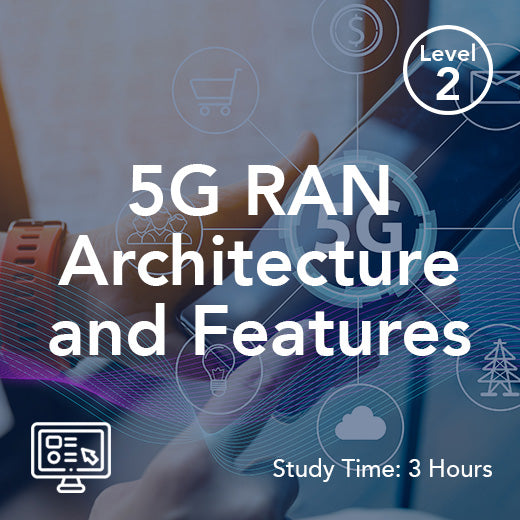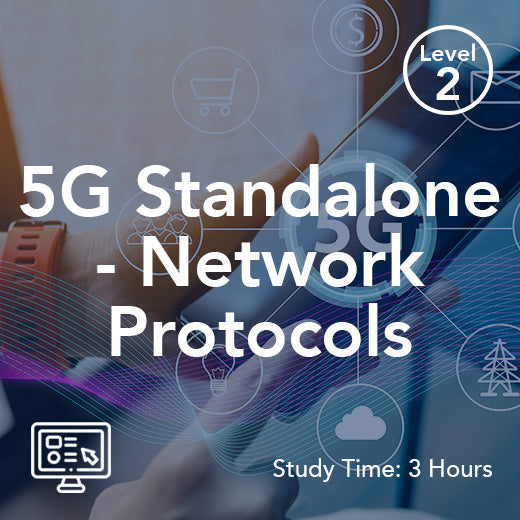Meaning Of 5G Frequency Bands
- , by Stephanie Burrell
- 4 min reading time
5G frequency bands refer to the segments of the electromagnetic spectrum that have been allocated for the deployment of 5G networks. These frequency bands are vital to enabling the performance, coverage, and capacity that define next-generation wireless communications. In 5G architecture, frequency bands are generally categorized into three main tiers: low band, mid band, and high band spectrum. Each frequency range offers unique characteristics that determine how and where it can be best used, depending on the demands of different use cases and environments.
Low-band frequency bands, which typically operate below 1 GHz, are prized for their long-range coverage and superior penetration through physical obstructions like walls and buildings. These frequency bands ensure widespread availability, especially in rural and less densely populated areas, although they offer comparatively lower data rates. On the other hand, mid band spectrum—operating within the frequency range of approximately 1 GHz to 6 GHz—strikes a crucial balance between coverage and capacity. These 5G frequency bands are becoming increasingly popular in suburban and urban deployments due to their ability to deliver higher data rates while still maintaining decent coverage and indoor performance.
Then there's the high band spectrum, also known as millimeter wave or mmWave, which typically starts at frequency ranges above 24 GHz. These frequency bands offer exceptional bandwidth and ultra-fast data speeds, making them suitable for bandwidth-intensive applications such as ultra-high-definition video streaming, real-time cloud gaming, augmented reality, and smart factories. However, the high band spectrum is more sensitive to obstacles like buildings, trees, and even weather conditions, resulting in shorter coverage areas and the need for dense network deployment with small cells.
Understanding and utilizing 5G frequency bands effectively is fundamental to achieving the ambitious goals set by 5G technology. Telecom providers must implement a strategy that intelligently combines low, mid band, and high band spectrum to deliver a seamless and scalable 5G experience. This layered spectrum approach is often referred to as the "spectrum cake"—where each layer plays a specific role in delivering comprehensive 5G service. The low band forms the foundation by offering broad geographic coverage, the mid band acts as the workhorse delivering substantial capacity with solid coverage, and the high band spectrum delivers peak speeds in targeted zones such as stadiums, airports, and dense urban centers.
As the number of connected devices continues to surge across industries and consumer spaces, these 5G frequency bands become even more significant. Massive IoT deployments, autonomous vehicles, smart cities, and mission-critical services rely on having the right frequency range to perform optimally. For example, mid band spectrum is ideal for supporting large volumes of connected devices in an industrial IoT environment, while high band spectrum is crucial for latency-sensitive applications like remote surgery or live virtual events.
The allocation and licensing of frequency bands vary from country to country, governed by national regulators and international bodies like the ITU. Efficient spectrum management not only ensures fair competition among network providers but also supports frequency band interoperability, minimizes interference, and enables coexistence with legacy technologies like 4G LTE and Wi-Fi. The reuse of some existing frequency bands for 5G—commonly referred to as dynamic spectrum sharing (DSS)—also helps operators roll out services more quickly and cost-effectively by leveraging current infrastructure.
It is worth noting that mid band spectrum is rapidly emerging as the global sweet spot for 5G, combining scalable capacity with satisfactory coverage. This is particularly important as telcos aim to support new enterprise and consumer applications without compromising network reliability or user experience. In dense urban zones, where demand for bandwidth is highest, operators are deploying massive MIMO and beamforming technologies to enhance signal propagation and spectral efficiency within 5G frequency bands, especially in mid band and high band spectrum tiers.
In summary, 5G frequency bands are more than just slices of radio spectrum—they are strategic enablers of innovation, digital transformation, and economic growth. Mastery over the characteristics of each frequency band allows operators to tailor their network deployment according to location-specific and service-specific needs. From broad rural coverage using low-band frequency bands to blazing-fast speeds in urban centers enabled by high band spectrum, the intelligent orchestration of these frequency ranges ensures that 5G technology lives up to its promise.
As we continue moving toward a hyperconnected world, the future of communication will be shaped by how effectively we utilize the broad spectrum of 5G frequency bands—across low, mid band, and high band spectrum—to build reliable, high-performance networks that connect everything and everyone.

































